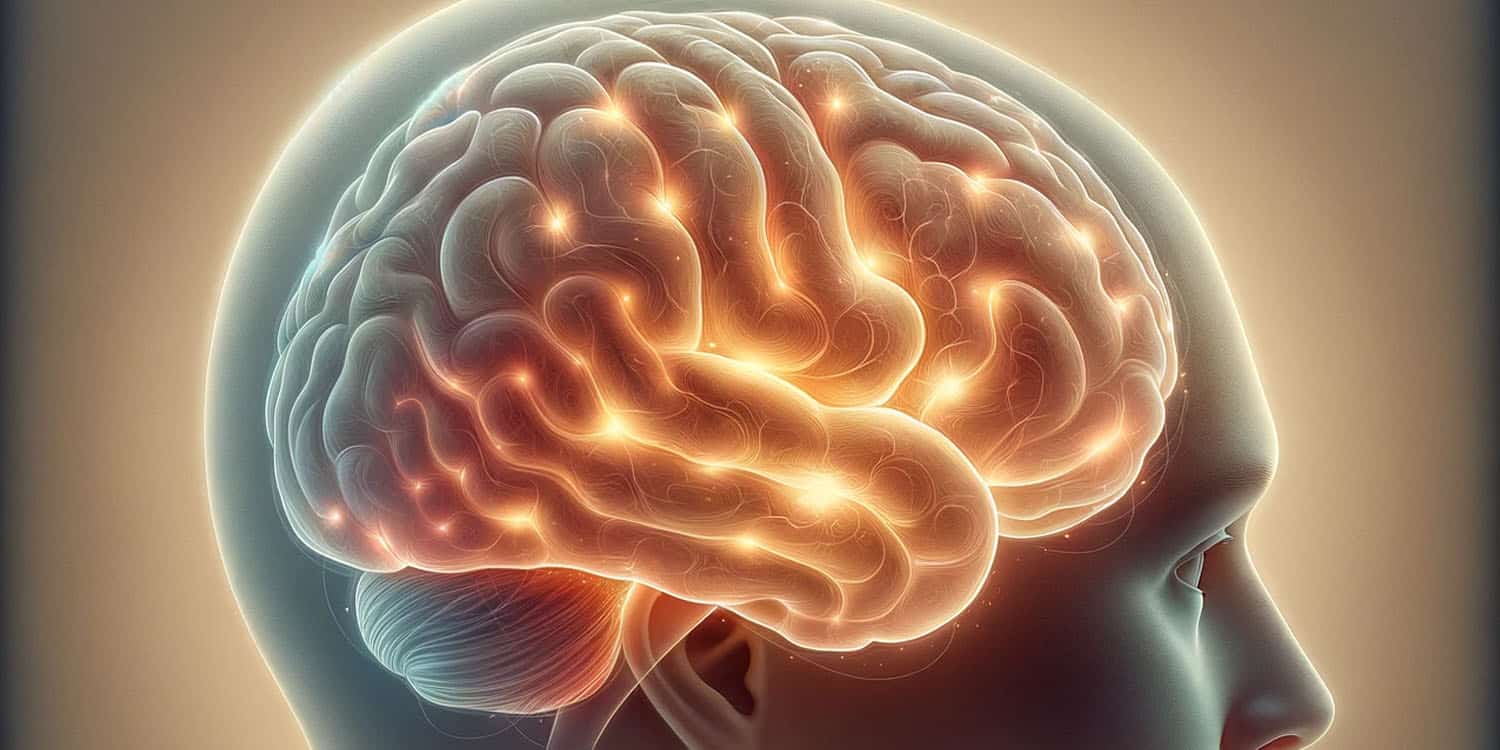A new study published in Autism Research reveals that autistic individuals possess unique mental imagery abilities, with some aspects being superior and others being similar to those of non-autistic individuals.
Mental imagery, which is the ability to visualize objects and scenarios in the mind without external stimuli, plays a crucial role in various cognitive functions such as remembering past events and making decisions. Previous research has suggested that autistic individuals often perceive the world differently and might have enhanced perceptual abilities, leading researchers to hypothesize that many aspects of mental imagery abilities could also be superior.
Led by Clara Bled from the Université Toulouse Jean Jaurès in France, the study team sought to test this theory. The researchers recruited 44 autistic adults (aged 18 to 50 years old, 52% women) and 42 typical participants without a neurodevelopmental disorder (aged 21 to 47 years old, 52% women). They were subjected to four tasks designed to assess different stages of mental imagery: image generation, visual pattern maintenance, image scanning, and mental rotation.
In the image generation task, participants were asked to mentally generate a letter on a grid and determine if it passed over a specific point. Both autistic and typical individuals performed similarly in terms of accuracy and response time, indicating no significant difference in this aspect of mental imagery.
The visual pattern test, which assessed the ability to maintain visual patterns in short-term memory, revealed a notable difference. Participants were briefly presented with a matrix with some sections filled in black, and were instructed to reproduce this pattern to the best of their ability. Autistic participants demonstrated a significantly higher span, indicating better ability to hold mental images compared to their typical counterparts.
The image scanning test required participants to inspect mental images and determine if an arrow pointed to a previously seen dot. Specifically, a pattern of dots was presented, then removed and replaced with an arrow. Participants then indicated whether the arrow pointed to a location previously held by the dot. While typical participants’ response times varied with the distance to inspect, autistic participants were equally fast regardless of the distance.
In the mental rotation task, which involved mentally manipulating geometric figures made up of cubes, both groups performed equivalently in terms of accuracy and response time.
Bled and colleagues concluded, “Our findings support the hypothesis of typical or superior mental imagery abilities among autistic individuals. In a broader context, these results are in line with previous studies. Indeed, a more accurate and less top-down influenced (i.e., context-dependent) perception has been demonstrated in autistic individuals … [whom] may integrate the inducing context of information to a lesser extent. Thus, mental representations (i.e., mental images) in autism, like perception, may be more precise and context-independent.”
However, limitations are to be noted. For example, the authors acknowledged that the complexity of the protocol required participants to be of average or above-average intellectual functioning, which does not capture the entire autism spectrum.
The study, “Visual mental imagery abilities in autism,” was authored by C. Bled, Q. Guillon, L. Mottron, I. Soulieres, and L. Bouvet.



